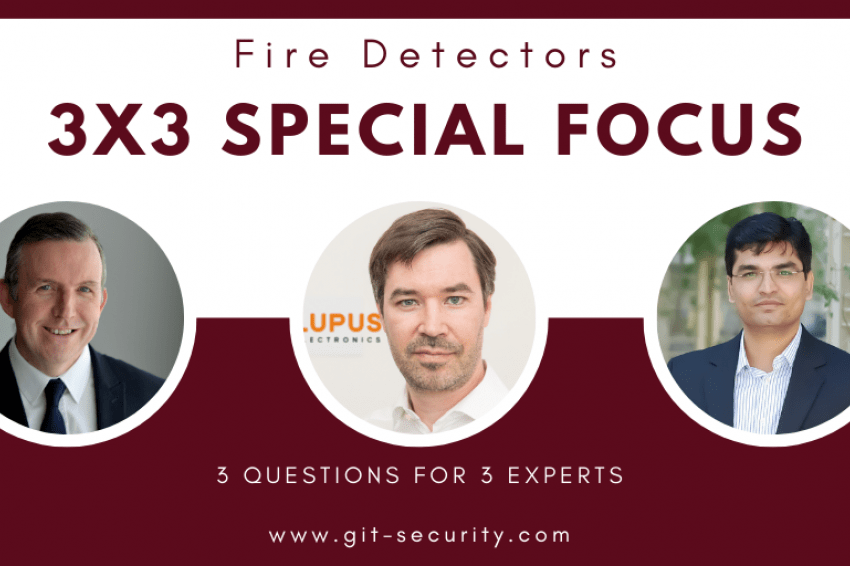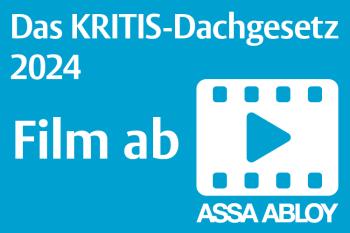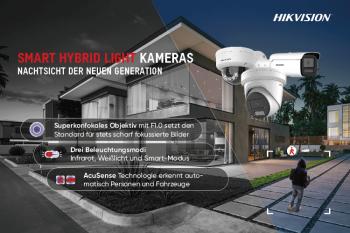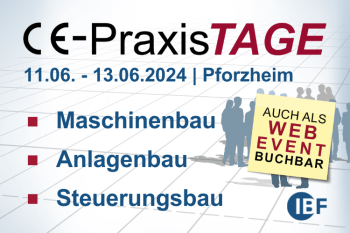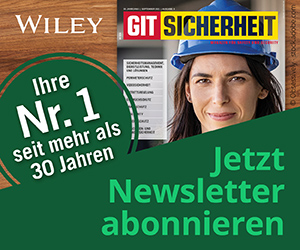Three Questions for Three Experts: Fire Detectors
3x3 Special Focus is GIT SECURITY's Latest Series
1. What applications are best suited for wireless fire detectors?
2. What measures do you take to reduce false alarms?
3. Please describe one highlight of your product offering.
Warren Moyle, Senior Technical, Support Engineer at Apollo Fire Detectors:
1. A wireless system offers a comprehensive solution to issues which might occur with a wired system. Our hybrid wireless range XPander reduces installation time and requires far less cabling. Therefore, it is well suited to time sensitive projects where extensive time spent on site will cause disruption to the occupants. The lack of cabling required makes it also an ideal solution for historic or listed buildings as fire alarm systems in these applications must be sensitively integrated. They should have minimum impact on the structure of the building, and should be reversible, making a wireless solution the best choice.
2. One of the most common reasons for false alarms is contamination inside the detector such as dirt and dust. The Soteria range of addressable fire detectors are Apollo’s next generation in fire detection, specifically designed to reduce false alarms from contamination by using Purelight optical technology and five sensitivity modes for multiple environments. Purelight technology ensures maximum protection against dust ingress into the detector chamber, which extends product lifetime and reduces activations from contamination.
3. The Apollo Test Set is a portable test unit which is designed to save engineers time on-site by aiding fault finding and loop management. It features a touch-screen display which offers intuitive control and makes interrogating and controlling all Apollo devices easier than ever. The Apollo Test Set is able to fix some of the most common faults engineers face, quickly and hassle-free, such as earth fault, short circuit fault and double addressing. Engineers can now complete the job in a more time-efficient way, without sacrificing quality.
Matthias Wolff, Managing Partner at Lupus Electronics:
1. Since we at Lupus offer a wireless smoke detector solution, we naturally advocate wireless detectors with a connection via the mobile network, especially NB-IoT. This eliminates bottlenecks (gateways, Fire Alarm Centers, etc.) and maximises decentralization of the failure risk, because every smoke detector has a direct connection to a cloud, which processes the signals accordingly. Redundancy is ensured by roaming to several mobile networks. The end-to-end digital signal path provides much faster signal transmission and higher signal reliability than is possible with analog solutions.
2. Our system recognizes smoke using a multi-level detection system of the software algorithm in the smoke detector firmware, which is continuously self-optimizing through the cloud connection.
3. The fully automatic remote maintenance capability according to DIN 14676-1, method C as well as the connection to the Lupus Cloud via the Narrowband IoT mobile network make the Lupus mobile smoke detector unique. Each smoke detector has its own mobile phone connection – gateways, local internet or power sources are obsolete. Thanks to this integration the detector is always online. The device status can be checked at any time via the web and the app, which guarantees maximum safety. Every resident can receive remote alarms on his or her smartphone. In addition, emergency call service control centres can be connected in real time via the cloud using the Contact ID protocol. The fully automatic remote maintenance eliminates high costs for maintenance. Buildings, rights management and notifications can be quickly and easily administered by one person for thousands of buildings. And despite all these extensive features, the Lupus mobile smoke detector has a battery life of 10 years.
Malav Bhatt, Head of Systems for European fire detection portfolio, Siemens Smart Infrastructure:
1. Thanks to wireless technology, fire detection devices can be quickly and freely positioned and repositioned. This facilitates planning, enables quick installation and offers a high degree of freedom and flexibility. Swing (Siemens Wireless Next Generation) is our ideal solution for rooms or buildings of historical value like libraries, museums, etc. where architectural restrictions make cabling impractical. Other typical use cases are temporary sites such as exhibitions or events where changing usage and adjustments to the room layouts are frequent.
2. At Siemens our aim is to protect what matters to our customers. Reliable and fast alarms are crucial if we want to achieve the best possible protection. A detector prone to false alarms due to deceptive phenomena would not only annoy occupants, but also disrupt business continuity. Siemens offers highest detection reliability and immunity to deceptive phenomena with its unique ASA technology (Advanced Signal Analysis). The Swing detector that I mentioned earlier offers an extremely fast and highly reliable detection response to smoldering and flaming fires caused by the combustion of liquid and solid matters. The integrated ASA technology allows us to optimally adapt the detector to the environmental conditions by simply choosing an application-specific ASA parameter set. ASA technology interprets and evaluates the signals in real time. As a result, the detector distinguishes deceptive phenomena such as dust or steam from real fires – preventing false alarms and thus costly business interruptions. This makes the ASA detector the optimal solution for any application, from clean to harsh.
3. While reliable detection is of the utmost importance in wireless alarm systems, it is also important to ensure reliable wireless communication. With Swing, Siemens combines these two key elements in one package. So our customers not only benefit from reliable and fast detection but can also rely on our mesh technology for safe wireless transmission. Each wireless device communicates with adjacent devices within the mesh network. This means that at least two redundant paths are available at any time for transmitting the information. To further increase reliability, each device has two frequency bands with multiple channels. In the event of interference, the network “repairs” itself by automatically changing channels and/or frequency bands or forwarding information via an adjacent device. This ensures that all available information always reaches the gateway and, ultimately, the fire control panel.
Kontakt
*Apollo Fire Detectors Ltd.
36 Brookside Road
Havant, Hamphsh. PO9 1JR
+44 2392 492412
+44 2392492754

